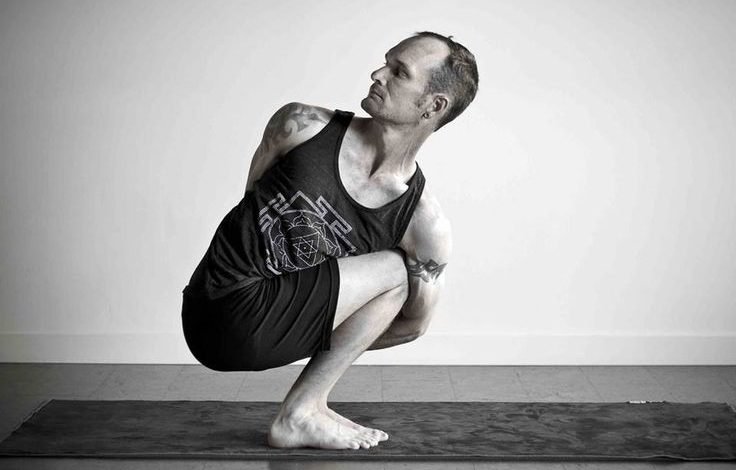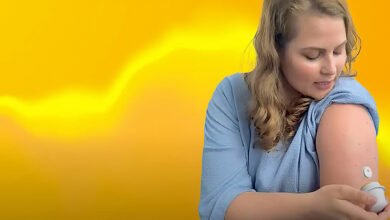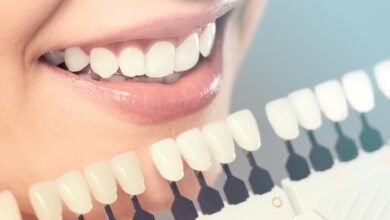Methods, advantages, and disadvantages of Pashasana

Pashasana is a special yoga posture, which provides essential benefits to many important muscles of the body. This is a moderate yoga process, however, it is necessary to have enough flexibility in the body to practice it. For people who do not have stiffness or enough stretch in the body, it can be a bit difficult for them to do this yoga practice. Pashasana yoga pose with the right technique strengthens the muscles of the back, shoulders, and thighs. Pashasan is also known as Noose pose in English. Yoga Retreat in Rishikesh also offers a great opportunity to people who want to teach Yoga in the future.
Advantages of Pashasana:
If Pashasana Yoga Mudra is done with the proper technique and taking care of special things, then it can provide many health benefits –
Must Read : The ABC of C-section: A Would-be Mom’s Guide to Caesarean Delivery
1. Makes muscles strong and flexible
Pashasana brings stretch in many important parts of the body, due to which the muscles there are not only flexible but also increase strength.
2. Improve the posture of the body
By regularly practicing Pashasana yoga, the core muscles of the body become strong, which also improves physical posture.
3. Fasten the digestion process
During Pashasan Yoga Kriya, the internal parts of the stomach get stretched, due to which the abdominal organs get stimulated and the digestive system starts working fast.
4. Helps in increasing mental peace
Practicing Pashasana with the right technique removes problems like mental stress and anxiety, which gives mental peace and improves mood.
However, the health benefits derived from Pashasana completely depend on the method of yoga asana and your health condition.
Method of Pashasana:
If you are going to practice Pashasana for the first time, following these steps may help you to form this yoga pose –
1 – First of all, spread the mat on flat ground and sit on it by bending your knees (squatting).
2 – Raise the left hand and place it on the outer part of the right knee during this your triceps should rest on the knee.
3 – Now slowly bend the body to the right and rotate the left hand so that the elbow comes upwards
4 – After the elbow comes up, you will be able to bend the arm and take it back to the ankle of the left leg.
5 – Now take the right hand from behind the waist and hold the wrist of the left hand.
You can do this yoga activity for a period according to your ability and then slowly come back to normal. If you have any questions regarding this, contact a good yoga instructor.
Precautions during Pashasana:
It is generally recommended to practice Pashasana under the supervision of a yoga instructor. When doing so, it is important to be aware of the following safety precautions –
- Warm up well before starting yoga
- let the body stretch only as much as possible
- do not let any shock
- If the leg won’t go over the neck, don’t try to force it
- Keep full attention on the yoga posture so that you do not have any problem maintaining balance.
When not to rule:
There are certain health conditions during which permission from a doctor must be taken before practicing Pashasana –
Also Read : 4 Wonderful Health Benefits of Sobriety
- An injury to any part of the body that causes pain or severe discomfort
- high or low bp
- respiratory or heart disease
- old age or disability (causing problems with balance)
- menstruation or pregnancy



